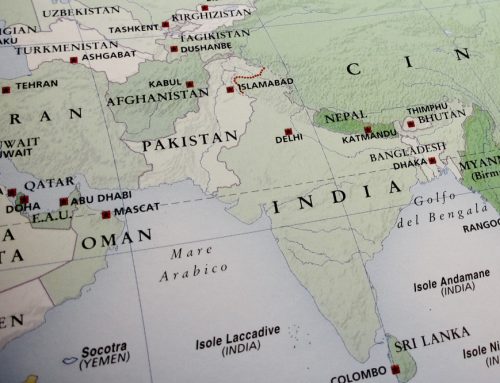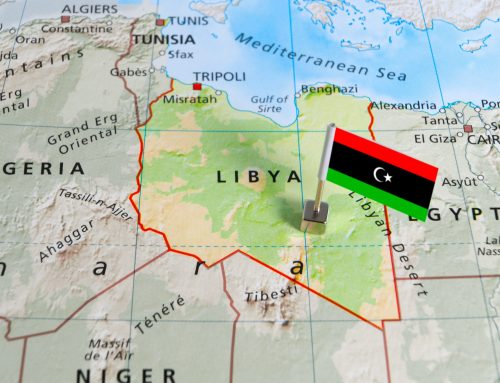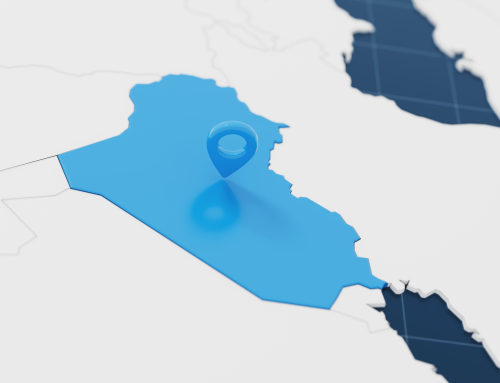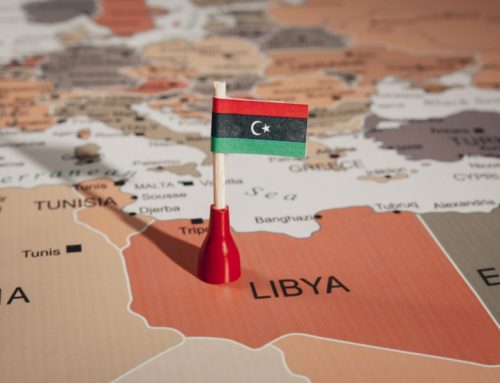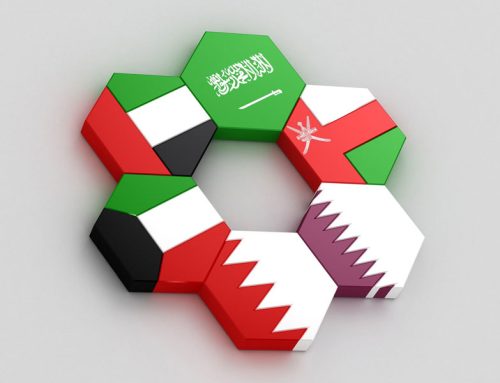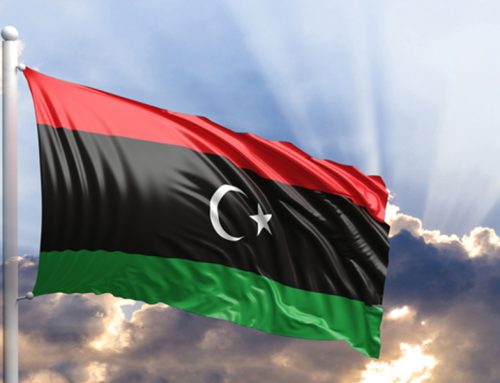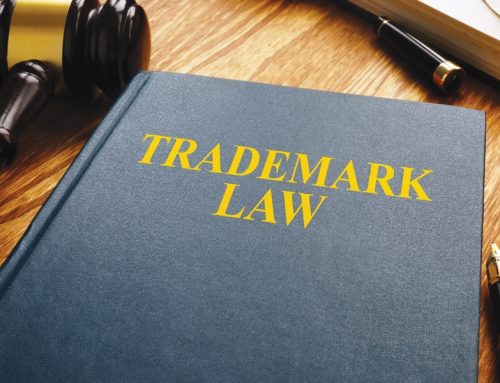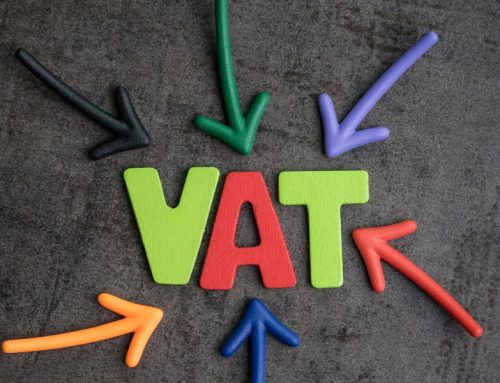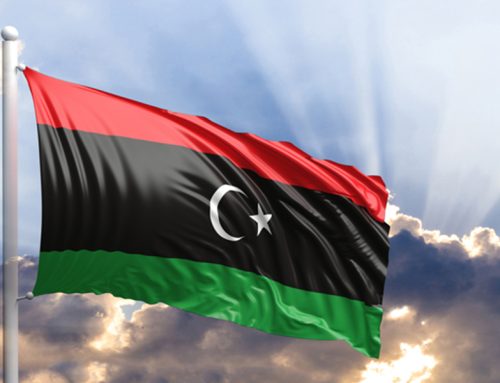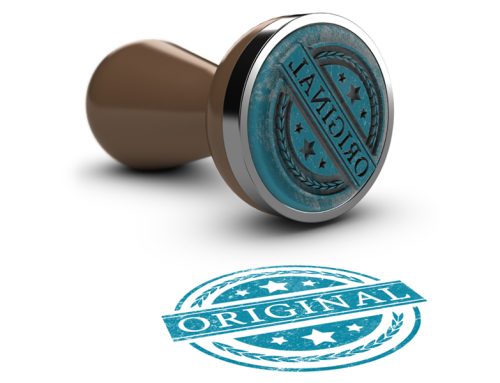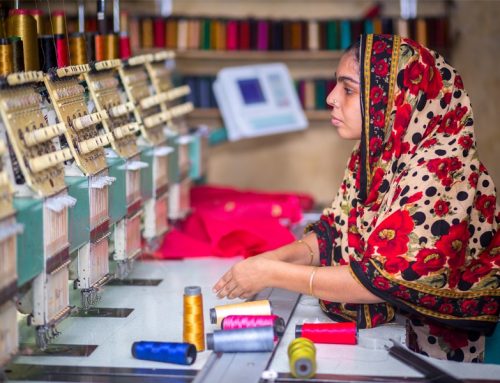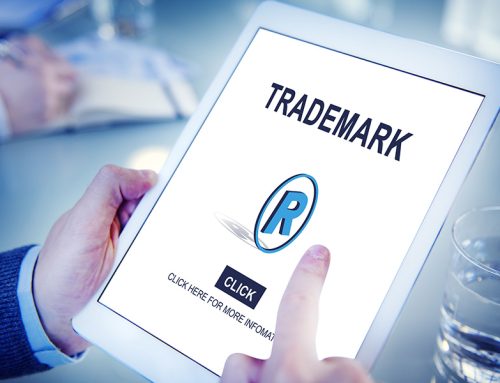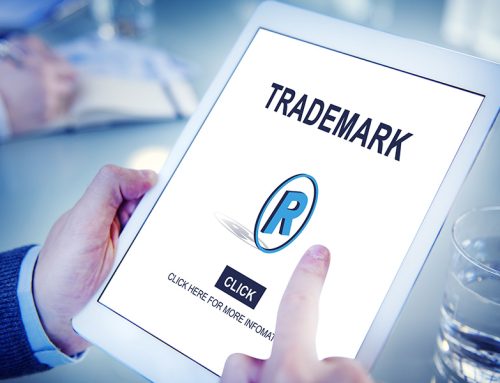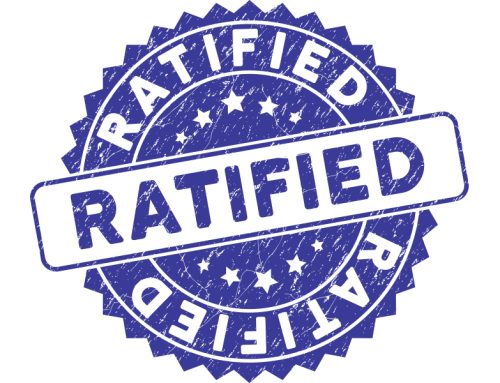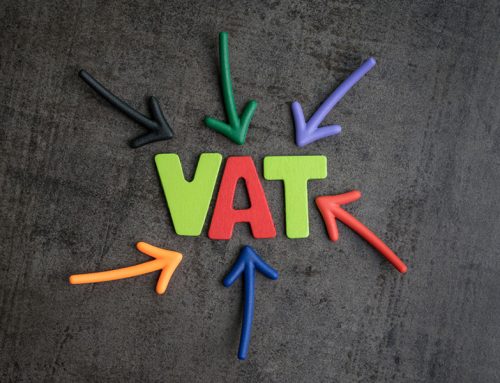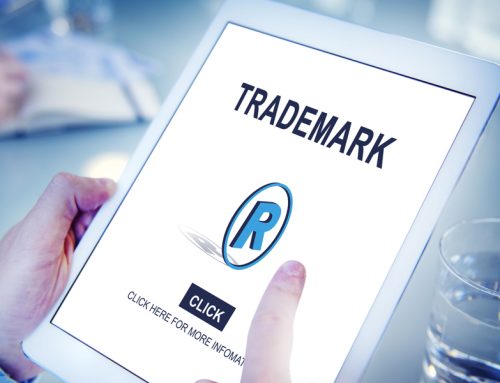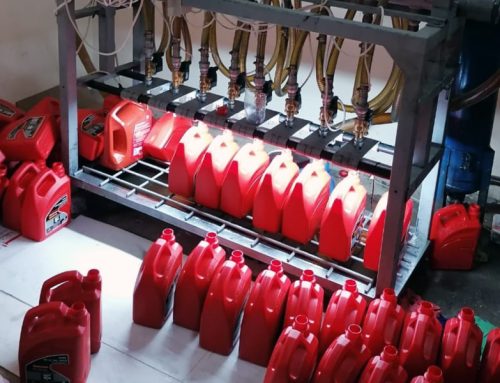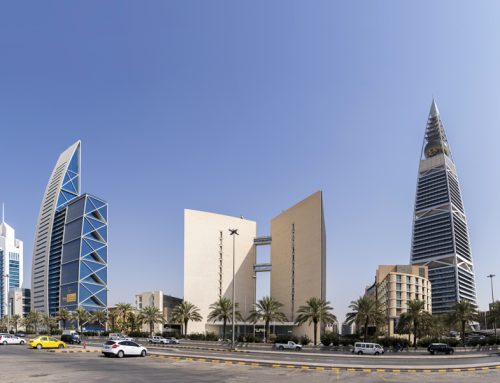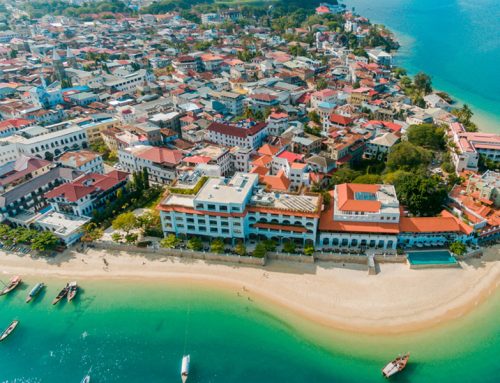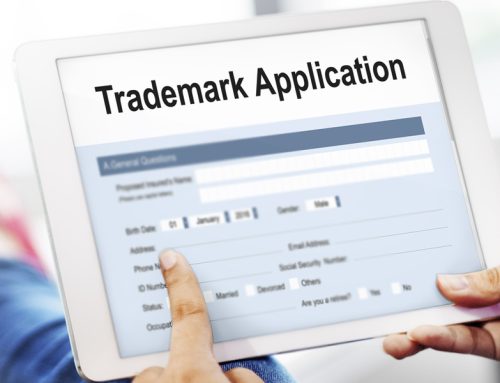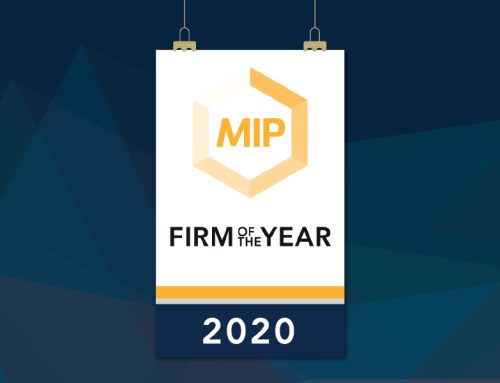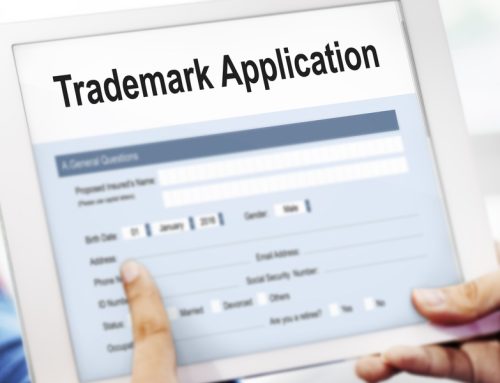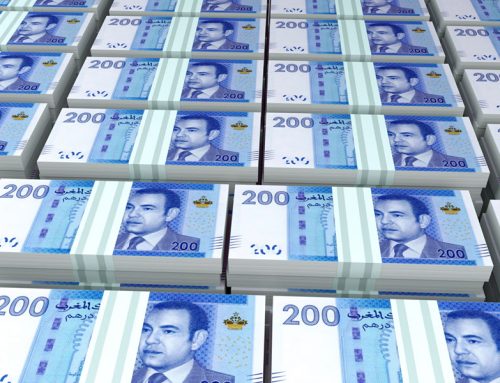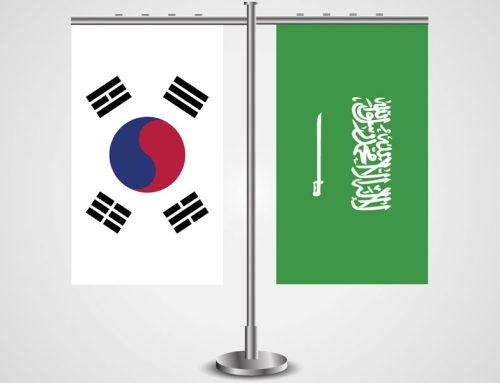Local Design Laws
Design laws, among other norms of positive legal systems such as trademark and patent laws, were introduced in the past in almost all of the countries of the MENA region, either by their own codes or by including them in general codes. These laws explore and discuss the designs protected, the duration of protection, the transfer of rights, the procedures, penalties, and remedies, and the scope of protection.
International Design Conventions
Egypt, Morocco, Oman, Syria, and Tunisia are members of the Hague Agreement Concerning the International Registration of Industrial Designs. Most countries are members of the WTO, which, of course, extends to the TRIPS agreement. TRIPS, Part II addresses each intellectual property right in succession.
Examination
Novelty is a requirement in almost all countries of our region. The most common ways in which an inventor will be barred include: (1) making the invention known or allowing the public to use the invention, (2) having the invention published in a fixed medium, (3) describing the design in a previous application filed by another.
In some countries, such as Saudi Arabia and Jordan, a grace period exists for protecting an inventor or their successor in title from authorized or unauthorized disclosure of the design before the filing date. An application can still be validly filed which will be considered novel despite the publication, provided that the filing is made during the grace period following the publication. The grace period is usually 6 or 12 months depending on the country. While absolute or relative novelty is the standard norm across the board, Libya comes as an exception. In this country, only local novelty should be established
General State of Enforceability of Design Rights
In general, there are no precedents in the MENA region on how prior cases regarding design infringement have been decided. Generally speaking, the existence of such precedents give an indication of how the judicial interpretation of the laws would be in cases involving identical circumstances. So the question of enforceability of design rights in the MENA countries is a matter solely determined by the extent to which design infringement is referred to under the local laws.
In the UAE, for example, preventive measures, offenses, and penalties are defined under Chapter 5 of Law No. 44 of 1992 for the protection of industrial property for Patents, Designs and Industrial Models. Under Article 61 of Chapter 5, a claimant for infringement may be awarded a range of remedies, depending on the facts of the particular case. Damages may be awarded to rectify financial harm suffered and an order for the destruction of the infringing items may be made. Similar remedies have also been specified in the laws of other Arab countries as well.
In Qatar, where there is no system for the administration of design applications, a measure of protection may be sought out by publishing cautionary notices at regular intervals in local newspapers. The cautionary notice should include a preamble, stating name and address of the proprietor, title of the design, and a brief description of the nature and intended use of the article in which the design is embodied along with drawings or other graphical specifications. An effective cautionary notice in Qatar may discourage infringement and can be relied upon as evidence, to some extent, in Court.
The table below offers a detailed listing of all relevant information for design protection in the MENA region.
|
COUNTRY |
DURATION |
EXAMINATION |
APPLICATIONS WITH MULTIPLE FIGURES |
RENEWAL |
|
Algeria |
1 year from filing date |
As to form only |
Possible |
For one term of 9 years |
|
Bahrain |
10 years from filing date |
As to form, novelty and industrial applicability |
Possible |
For one term of 5 years |
|
Cyprus |
5 years from filing date |
As to form only |
Possible up to 50 figures |
For four terms of 5 years each |
|
Djibouti |
5 years from filing date |
As to novelty, inventive step and industrial applicability |
Possible |
For two consecutive terms of 5 years each |
|
Egypt |
10 years from filing date |
As to form and novelty |
Possible up to 50 figures |
For one term of 5 years |
|
Ethiopia |
5 years from filing date |
As to form and novelty |
Not possible |
For two consecutive terms of 5 years each |
|
Gaza |
5 years from filing date |
As to form only |
Not possible |
For two consecutive terms of 5 years each |
|
India |
10 years from filing date |
As to form and novelty |
Not possible |
For one term of 5 years |
|
Iran |
5 years from filing date |
As to form and novelty |
Not possible |
For two consecutive terms of 5 years each |
|
Iraq |
10 years from filing date |
As to form, novelty and industrial applicability |
Possible |
Not possible |
|
Jordan |
15 years from filing date, and if priority is claimed, 15 years from priority date. |
As to form and novelty |
Possible |
Not possible |
|
Kuwait |
10 years from filing date |
As to form, novelty, and industrial applicability |
Possible up to 50 figures |
For one term of 5 years |
|
Lebanon |
25 years from filing date |
As to form only |
Possible up to 99 figures |
For one additional term of 25 years |
|
Libya |
5 years from filing date |
As to form only |
Possible up to 50 figures |
For two consecutive terms of 5 years |
|
Morocco |
5 years from filing date |
As to form only |
Possible up to 100 figures |
For four consecutive terms of 5 years (totalizing a maximum period of 25 years) |
|
Oman |
5 years from filing date |
As to novelty |
Possible |
For two consecutive terms of 5 years each |
|
Pakistan |
10 years from filing date |
As to form and novelty |
Not possible |
For two consecutive terms of 10 years |
|
Saudi Arabia |
10 years from filing date |
As to form and novelty |
Not possible |
Not possible |
|
Sudan |
5 years from filing date |
As to form only |
Possible up to 50 figures |
For two consecutive terms of 5 years |
|
Syria |
5 years from filing date |
As to form and novelty |
Possible up to 5 figures |
For two consecutive terms of 5 years each |
|
Tunisia |
5, 10 or 15 years from filing date |
As to form only |
Possible |
For two consecutive periods of 5 years, where the initial duration was 5 years and for a further period of 5 years where the initial duration was 10 years |
|
Turkey |
5 years from filing date |
As to form only |
Possible |
For four consecutive terms of 5 years each |
|
United Arab Emirates |
10 years from filing date |
As to form, novelty, inventiveness and industrial applicability |
Not possible |
Not possible |
|
West Bank |
5 years from filing date |
As to form only |
Not possible |
For two consecutive terms of 5 years each |
|
Yemen |
10 years from filing date |
As to form |
Not possible |
Not Possible |

